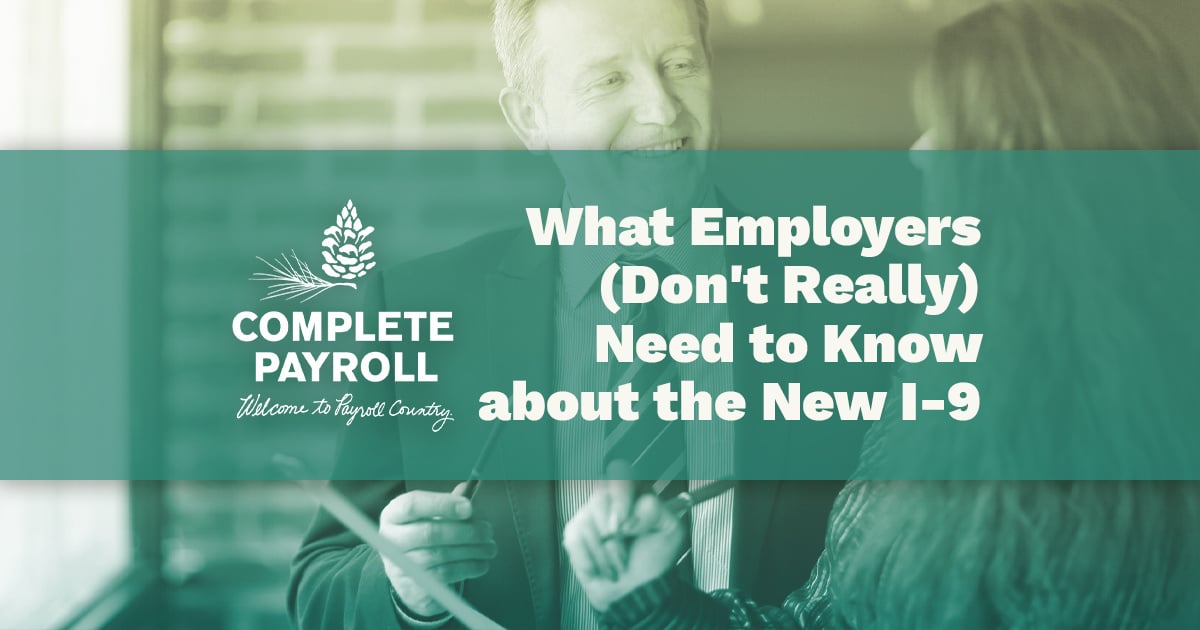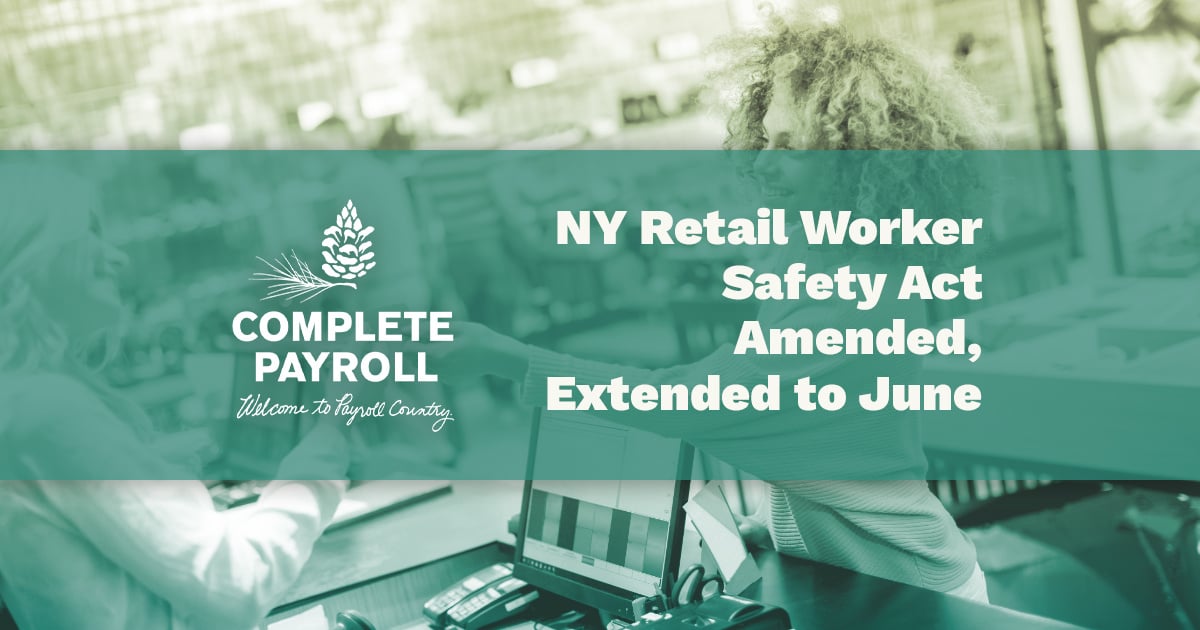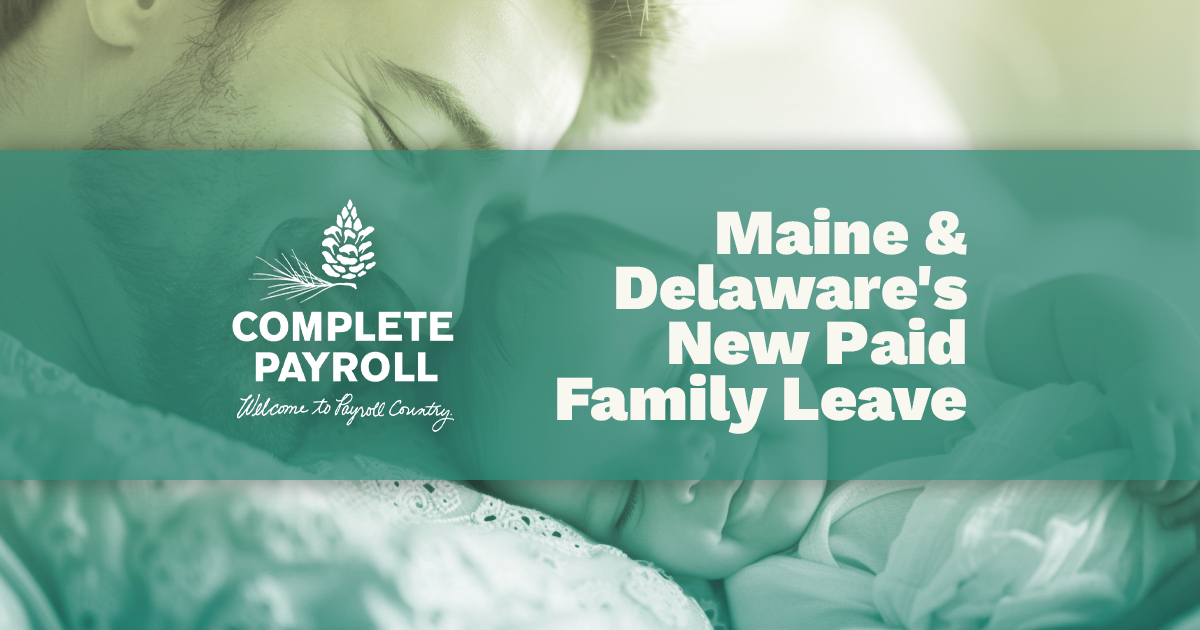
Since 1953, the Small Business Administration (part of the Department of Commerce) has helped entrepreneurs get capital to start and expand their businesses. The SBA doesn't make grants to businesses, but rather provides loan guarantees to encourage participating banks to make loans to small businesses.
Planning
The SBA can be an attractive source for capital. However, as with many government programs, the process is not easy. There are numerous requirements for applying for a SBA loan, and if you get one there are some additional reporting requirements. If you are considering applying for a SBA loan, be sure to plan for at least 12 to 18 months for the process. Proper documentation and properly completed applications can shorten the process somewhat. Working with a bank or other lender that is familiar with the SBA process can also make the process easier.
The 7(a) loan
The most common form of SBA loan is a 7(a) guaranteed loan, with the loan made by a private lender (often a bank) and the SBA providing a guarantee on 75% of the amount of the loan. There are some maximize business size restrictions on these loans. For example, a retail or service company could have at least $6 million in sales (and perhaps up to $29 million) and still be eligible. A wholesaler can have up to 100 employees and still qualify.
Interest rates and maximum guarantees
The maximum the SBA will guarantee is $1,500,000 and therefore the maximum amount of the loan is $2 million. The interest rate on SBA 7(a) loans is tied to the prime rate. For fixed rate loans of $50,000 or more and with a term of 7 years or more the rate can be up to 2.75% above prime. For loans shorter than 7 years, the rate can be up to 2.25% above prime.
While there are some restrictions on the use of loan proceeds, such as floor plan financing, payments to owners, paying delinquent withholding taxes or other "imprudent" uses, generally proceeds can be used in the normal course of business.
Allowable uses of loan proceeds:
- Purchase real estate to house the business
- Construction, renovation or leasehold improvements
- Acquisition of furniture, fixtures and equipment
- Purchase of inventory
- Working capital
Steps for applying for an SBA loan
Applying for a SBA loan requires completing various documents and may require collateral or personal guarantees. Lenders may also charge some origination fees.
1. Determine your eligibility.
The first step in applying for an SBA loan is to determine whether or not your business is eligible. You’ll typically need to meet both general borrower requirements and SBA eligibility requirements.
SBA Loan Requirements:
- 680+ FICO score for all primary business owners. There are many places you can check your score online.
- Down payment of 10% or more if you’re using the loan proceeds to purchase a business or commercial real estate.
- SBA loans don’t need to be 100% collateralized, but the more business and/or personal collateral you bring to the table the easier it will be to get your loan approved.
- 2+ years in business. Startups can get SBA 7a loans, but it is more difficult. If you want to try for an SBA loan as a startup, you’ll need to have all of the above plus business management & industry experience.
- Business is profitable.
- No delinquencies or defaults on debt obligations to the U.S. government (including student loans).
- Commercial real estate loans must be 51%+ owner-occupied.
SBA 7a Loan Program Requirements:
- Be a small business as defined by the SBA (generally means under 500 employees or less than $7.5 million in annual sales).
- Be engaged in an industry that is eligible. (Most non-vice, non-speculative business are.)
- Be a for-profit business engaged in, or planning to do business in, the United States or its possessions.
- Use alternative financial resources, including personal assets, before seeking financial assistance
- Be able to demonstrate a need for the loan proceeds that also qualifies as a sound business purpose
- You are required to create or retain jobs and meet public policy goals that are in line with the SBA goals.
2. Find an SBA loan provider.
If you meet the requirements above, the next step in applying for an SBA loan is to find an SBA loan provider that will disburse and service your loan. Finding an SBA loan provider will mean reaching out to banks and other direct lenders and brokers.
Here is the list of the SBA's 100 most active lenders.
3. Get your paperwork together.
Once you've got a lender (or broker), you should start putting together all the documents you need to formally submit your application. If you click here, you can review a checklist provided by the SBA. Here are the main documents required...
- Loan Request Amount & Detailed Allocation of Funds
- Business Financials
- YTD Profit and Loss (P&L) Statement
- YTD Balance Sheet
- Projected Financials (1-3 years)
- Proof of Ownership
- Business Certificate/License
- Loan Application History
- Business Tax Returns (last 2 years)
- Personal Tax Returns (last 2 years)
- Personal Financial Statement
- Owner Résumés
- Business Overview and History
- Business Lease
4. Complete SBA forms.
You will need to fill out some SBA forms before your loan can be approved.
- SBA Form 1919 Guide: Borrower Information Form
- SBA Form 912 Guide: Statement of Personal History
- SBA Form 413 Guide: Personal Financial Statement
- SBA Form 159 Guide: Fee Disclosure Form and Compensation Agreement
Once you've completed all of your SBA forms and get all your paperwork together, you can meet with your bank to finalize your loan application.
Overview
SBA loans can be a useful source of needed capital for many small businesses. However, as with many government programs, there are additional paperwork (often bureaucratic) issues to deal with as part of the process. Interest rates are a couple percentage points over prime and repayment terms can be negotiated.
If you are considering a SBA loan, be prepared to spend some time and effort. Being well organized, having patience and working with an experienced SBA lender can make the process less burdensome.









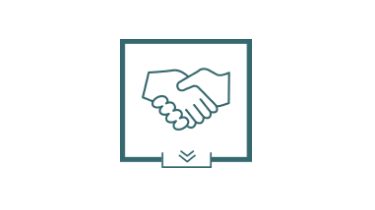






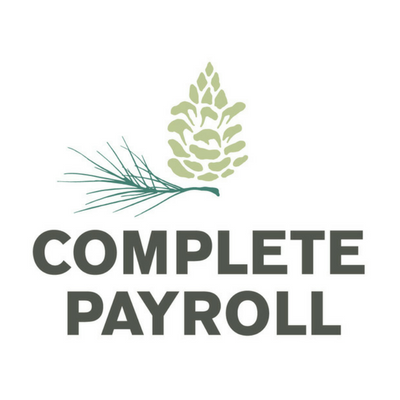



 Get Instant Blog Notifications
Get Instant Blog Notifications
